The Misinformation Inquisition: How Censorship Shields Approved Narratives From Scrutiny
Authored by Tilak Doshi via Substack,
As the year drew to a close, the guardians of climate orthodoxy once again unleashed their ritualistic howls of indignation at the actions of the Trump administration. Last week’s op-ed in The Guardian, Bob Ward and Michael Mann—attack dogs of the alarmist establishment—likened the US government’s decision to dismantle the National Center for Atmospheric Research (NCAR) to tyranny, “paid for” by fossil fuel interests. Their op-ed opens with the astonishing claim that the Soviet dictator Joseph Stalin “would have understood and even appreciated” Trump’s actions.

They accuse President Trump of suppressing climate science, evoking the spectre of Lysenkoism, that infamous episode where ideology trumped empirical inquiry under Stalin’s regime. The irony is exquisite even if lost on its progenitors. Here are two figures who have spent their careers calling for the cancelling of dissenters, now projecting their own sins onto a political leader intent on liberating science from ideological captivity.
An Orwellian Malignancy
This latest salvo is no aberration but a symptom of a deeper malaise. The climate alarmist narrative, much like its twin in the COVID-19 hysteria, relies on a censorship complex that brands any deviation as “misinformation.” Ward, a fixture in the environmental NGO circuit, has long specialized in ad hominem attacks on respected academics like Richard Lindzen and Richard Tol, dismissing their peer-reviewed critiques as heresy. Mann, infamous for his “hockey stick” graph that conveniently erased historical climate variability to fabricate a crisis, has faced courtroom rebukes for his litigious zeal. In his defamation suits, judges have accused him and his legal team of misleading tactics, underscoring the fraudulence of his claims. Yet, in the pages of The Guardian—that reliable echo chamber for green ideologues—the pair inverts reality, portraying Trump’s defunding of activist institutions as censorship, when it is precisely the opposite.
Consider the economic and institutional realities underpinning this charade. NCAR, after over five decades, has devolved into a taxpayer-funded propaganda mill, churning out models that predict apocalyptic futures while ignoring the stubborn facts of atmospheric physics and human adaptation. The Trump administration’s move to shutter it aligns with a broader push to restore scientific integrity, as outlined in the president’s “Gold Standard Science“ executive order. This directive mandates transparency in federally funded research, ensuring that models and data are replicable and free from the biases that plague alarmist projections. Far from Stalinist suppression, this is a reclamation of science from the clutches of unelected bureaucrats and their NGO allies, who funnel billions into “climate education” grants that invariably promote one-sided advocacy. NOAA, for instance, routinely awarded multimillion-dollar sums to nonprofits peddling green dogma, all under the guise of environmental stewardship.
The parallels with the COVID-19 debacle are striking, revealing how the misinformation label serves as a blunt instrument for silencing debate across scientific domains. Just as climate skeptics are tarred as “deniers,” COVID dissenters were branded spreaders of falsehoods. Stanford’s Jay Bhattacharya, a leading epidemiologist, recently highlighted this hubris in a post on X: the notion that a cabal of bureaucrats and activist scientists can infallibly discern truth from error on complex matters is not just arrogant—it’s delusional. Bhattacharya himself endured censorship orchestrated by Anthony Fauci who among others in the medical establishment pressured social media platforms to throttle views challenging lockdowns and vaccine mandates.
Across the Atlantic, the European Union’s censorship regime under European Commission president Ursula von der Leyen exemplifies this technocratic overreach. The unelected Eurocrat boasts of safeguarding free speech against “harmful and illegal activities” online with its Digital Services Act. It aims to restrict media platforms which host “disinformation” and critical views on mass immigration, the Ukraine conflict, or the ruinous costs of the green agenda in Europe.
In a rant that would impress Orwell, Ms. Von der Leyen speaks about how “pre-bunking” is preferable to “de-bunking” alleged untruths and where alleged “misinformation” is a virus:
“…we need to build up societal immunity around information manipulation, because research has shown that pre-bunking is much more successful than debunking. Pre-bunking is basically the opposite of debunking. In short, prevention is preferable to cure. Perhaps if you think of information manipulation as a virus—instead of treating an infection once it has taken hold, that is debunking—it’s much better to vaccinate so that the body is inoculated.”
Where have we heard that vaccination/inoculation story before? Perhaps we should not digress into Ms. Von der Leyen’s missing SMS phone messages which sealed the EU’s deal for 1.8 billion doses of corona “vaccine” costing €35 billion negotiated with Pfizer CEO Albert Bourla.
In New Zealand, former Prime Minister Jacinda Ardern went further, declaring government sources the sole arbiters of COVID truth, effectively criminalizing legitimate critiques from sceptical doctors and scientists upholding their Hippocratic oath. This Orwellian stance—where state-approved narratives are sacrosanct—mirrors the climate arena, where questioning net-zero fantasies invites professional ruin.
The Trumpian Pushback
The EU’s Digital Services Act plans to coerce social media giants into suppressing content that challenges Brussels’ orthodoxies, leading to a chilling effect on open discourse throughout the world. Earlier in the month, the European Commission fined Elon Musk’s X $140 million for “failing to comply” with regulations. But it is now a Trumpian world which frustrates Eurocrats to no end. America’s commitment to First Amendment principles clashes with Europe’s slide into regulatory authoritarianism. The US house judiciary committee describes the digital regulations as censorship which is “largely one-sided, almost uniformly targeting political conservatives.”
The US Secretary of State Marco Rubio shot back last week:
“For far too long, ideologues in Europe have led organized efforts to coerce American platforms to punish American viewpoints they oppose. The Trump Administration will no longer tolerate these egregious acts of extraterritorial censorship. Today, @StateDept will take steps to bar leading figures of the global censorship-industrial complex from entering the United States. We stand ready and willing to expand this list if others do not reverse course.”
The U.S. state department’s sanctions on NGO leaders and a former EU official involved in these efforts underscore the geopolitical rift. Under Secretary Sarah Rogers detailed the individuals and the reasons why they have been barred. On the US state ban list are Imran Ahmed (Centre for Countering Digital Hate), Josephine Ballon and Anna-Lena von Hodenberg (HateAid), Thierry Breton (former EU Commissioner) as well as Clare Melford (Global Disinformation Index).
Let’s go through each of these censors.
Thierry Breton was a key architect of the Digital Services Act. In August 2024, as European Commissioner for Internal Markets and Digital Services, he issued a letter to threaten Elon Musk ahead of his live stream interview with candidate Trump who was campaigning for his second term. The hubris of an EU functionary to warn Mr. Musk that his platform could be charged for amplifying harmful content in the EU can only be described as bizarre.
Undersecretary Rogers accused the UK citizen Imran Ahmed of collaborating “with the Biden Administration’s effort to weaponize the government against U.S. citizens” in a social media post on December 23rd, writing that his organization published the “infamous ‘disinformation dozen’ report” that spurred a campaign to de-platform those questioning the safety of COVID-19 vaccines including the current Department of Health and Human Services Secretary Robert F. Kennedy Jr. .
“Leaked documents from CCDH show the organization listed ‘kill Musk’s Twitter,’ and ’trigger EU and UK regulatory action’ as priorities…The organization supports the UK’s Online Safety Act and EU’s Digital Services Act to expand censorship in Europe and around the world.”
It is interesting and not coincidental that Imran Ahmed’s CCDH was founded by Morgan Sweeny, Kier Starmer’s chief adviser. Clare Melford is the founder of the Global Disinformation Index, another British NGO that vigorously pursues anti-“hate-speech” activism, in fact hunting down anyone who has views different from the official dogma on climate change or so-called anti-vaxxers
Anna Lena von Hodenberg is the leader and founder of Hate Aid, a German NGO founded after the 2017 German federal elections to counter conservative groups such as the AfD. Ms. Anna and her NGO is an official “trusted flagger” under the EU’s digital services act. Clare Melford. Ahmed is the CEO of The Center for Countering Digital Hate, and Melford is the founder of the Global Disinformation Index, both two entities extremely active in anti-“hate-speech” activism, in fact hunting down anyone who has views different from the official dogma on climate change or so-called anti-vaxxers,
Morally Bankruptcy of the Eurocrats
Von der Leyen’s pronouncements on “inoculated information” ring hollow amid Europe’s deindustrialization, where energy policies driven by climate ideology have shuttered factories, spiked power prices, and eroded competitiveness. Germany’s Energiewende, once hailed as a model, now stands as a cautionary tale of economic self-harm, with manufacturing output shares plummeting and GDP growth stagnating.
At the heart of this EU-led censorship complex lies a modern Lysenkoism, where ideology masquerades as science. Today’s climate Lysenkoists similarly dismiss empirical inconveniences: satellite data showing no acceleration in sea-level rise, historical records of globally warmer periods like the Medieval Warm Period, or the economic models demonstrating that net-zero targets would cost trillions while yielding negligible climate benefits. But Eurocrats will condemn as “misinformation” self-evident arguments that cheap, reliable energy is the bedrock of human welfare. Witness Asia’s ascent, where coal, oil and gas have fueled GDP growth rates averaging 7% over decades, slashing poverty from 60% to under 5% in regions like East Asia.
The institutional incentives behind climate alarmism are pernicious. Multilateral agencies like the IMF and World Bank, alongside green lobbies, perpetuate myths of “fossil fuel subsidies“ that distort markets, penalizing hydrocarbons while subsidizing intermittent renewables to the tune of $1.3 trillion annually globally. In Africa, the push for “renewable leapfrogging“ ignores the continent’s dire need for baseload power, condemning millions to energy poverty under the banner of climate justice. Western elites, insulated from the consequences, preach degrowth while developing nations in BRICS+ reject such masochism, opting for pragmatic energy mixes that prioritize growth over virtue-signaling.
The contradictions of the censors of “misinformation” are glaring: alarmists decry “misinformation” while propagating doomsday scenarios that fail to materialize—recall the 50 years of apocalyptic predictions. Europe’s precipitous industrial decline exposes the folly of subordinating energy policies to ideology. In the U.S., the virtue signalling ESG investment drive — pushed by BlackRock’s Larry Fink among others — which funnelled trillions into underperforming green assets, is unravelling as returns lag and lawsuits mount over fiduciary breaches.
A New Year’s Gift
Yet, there is cause for optimism in this twilight of technocratic hubris. President Trump’s re-election signals a pivot toward evidence-based policy, unshackling science from the misinformation inquisition. By defunding activist enclaves like NCAR and enforcing transparency via executive order, the administration paves the way for genuine inquiry. Imagine a world where debates on climate sensitivity, the role of solar cycles, or the costs of adaptation are conducted openly, without fear of cancellation.
As Jay Bhattarcharya reminds us, free speech and replication as the standard of truth are necessary conditions for science to flourish. We need rational argument and data, not the censorship of state-defined “misinformation”. The US state department censoring the censors is good news as the New Year beckons.
Tyler Durden
Sat, 01/03/2026 - 23:20


 Nikkei/Google Earth
Nikkei/Google Earth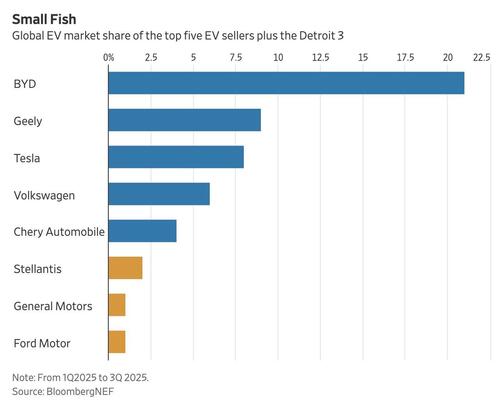
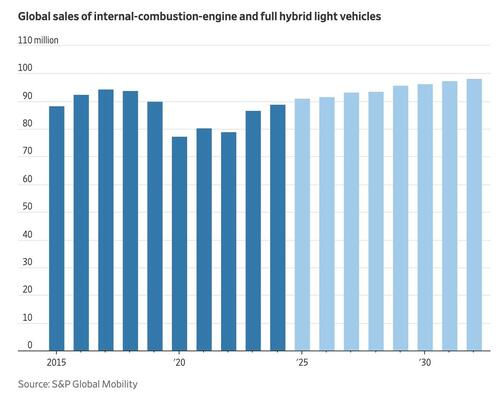

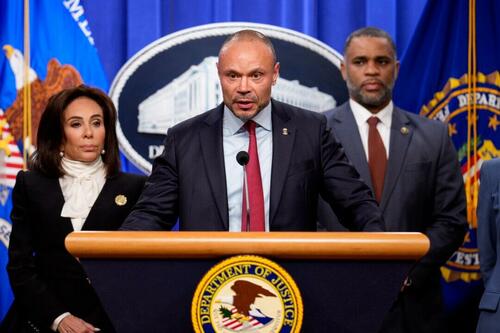 FBI Deputy Director Dan Bongino (C), accompanied by U.S. Attorney for the District of Columbia Jeanine Pirro (L) and Bureau of Alcohol, Tobacco, Firearms and Explosives (ATF) Washington Field Office Special Agent in Charge Anthony Spotswood (R), speaks during a news conference on an arrest of a suspect in the January 6th pipe bombing case at the Department of Justice in Washington, on Dec. 4, 2025. Andrew Harnik /Getty Images
FBI Deputy Director Dan Bongino (C), accompanied by U.S. Attorney for the District of Columbia Jeanine Pirro (L) and Bureau of Alcohol, Tobacco, Firearms and Explosives (ATF) Washington Field Office Special Agent in Charge Anthony Spotswood (R), speaks during a news conference on an arrest of a suspect in the January 6th pipe bombing case at the Department of Justice in Washington, on Dec. 4, 2025. Andrew Harnik /Getty Images





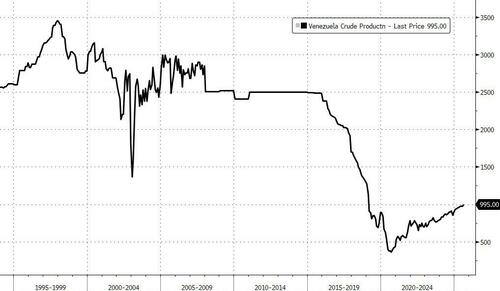





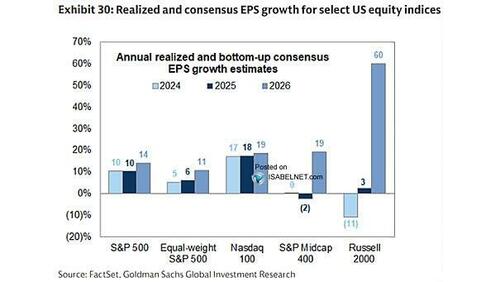





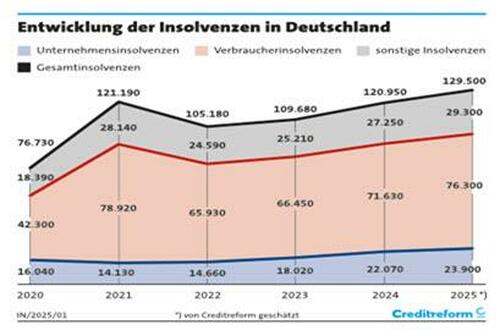



Recent comments